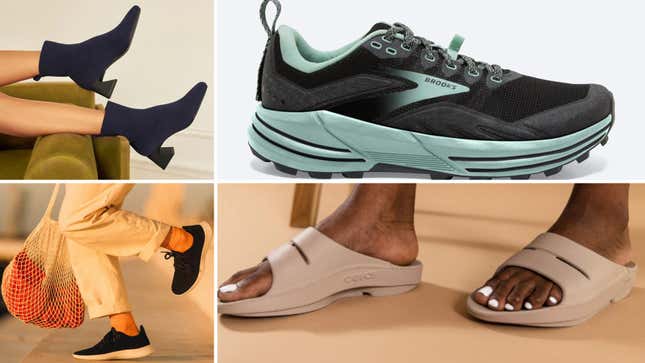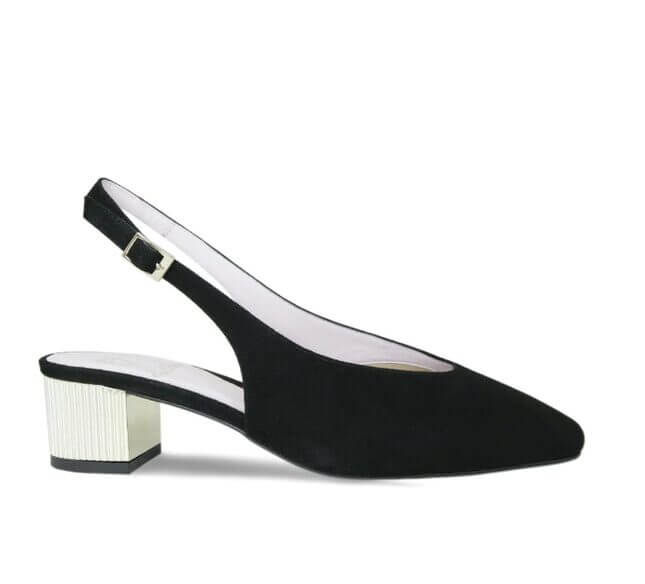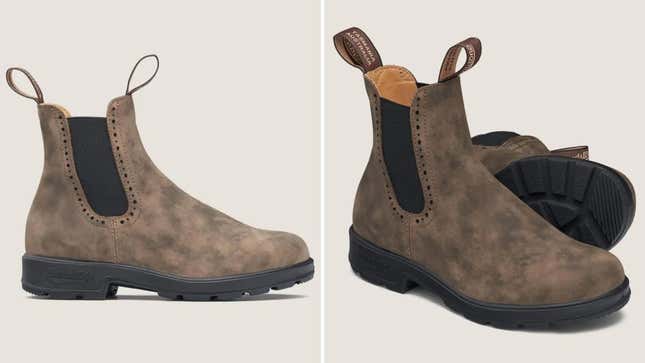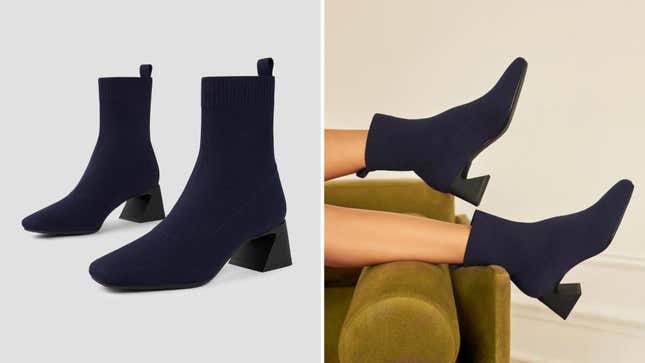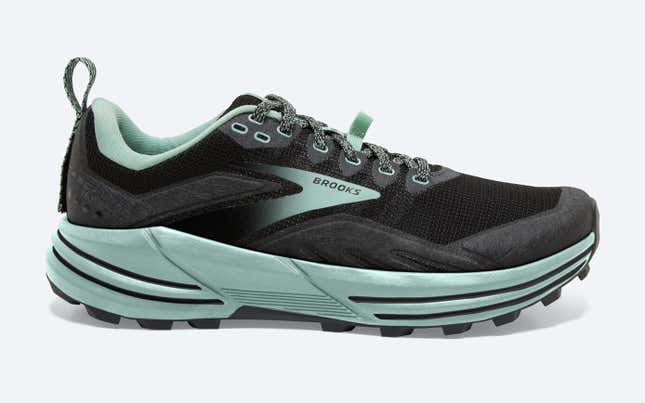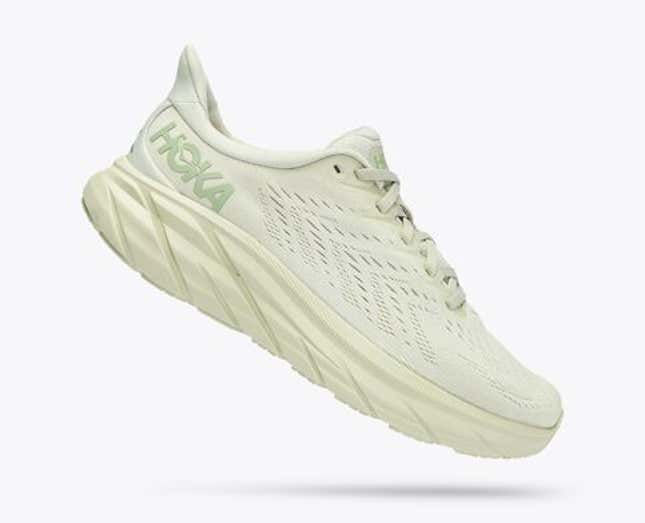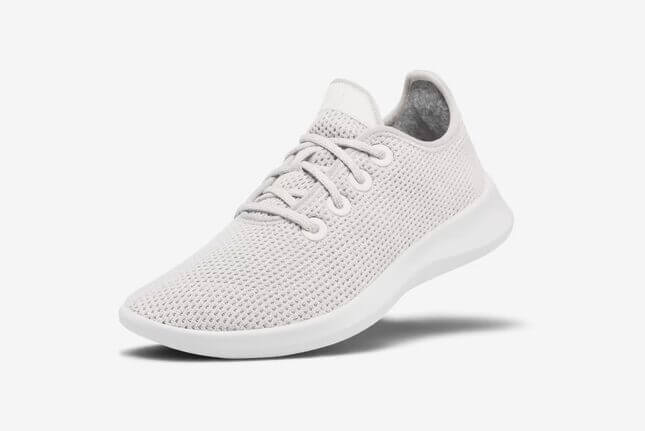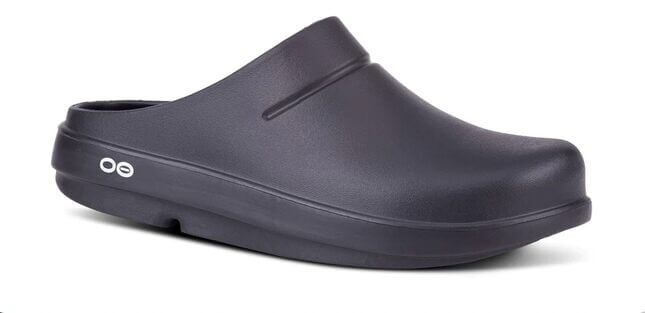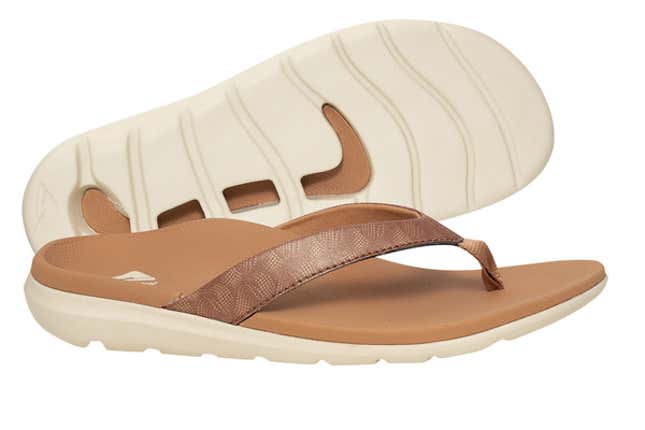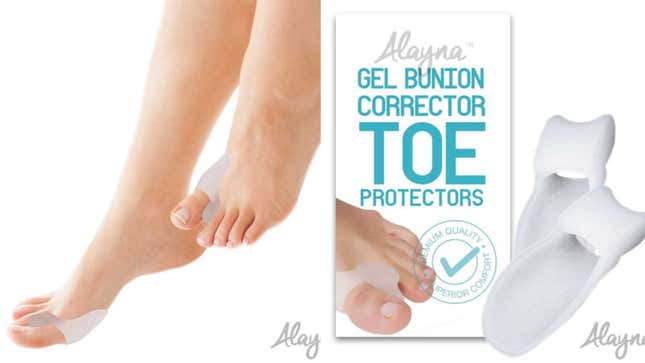A Hot Girl’s Guide to Having Bunions in Your 20s
Recommendations for you—or for anyone on your gift list who shares this regrettable problem.
Gift Guide-

-

-

-

-

-

-

-

-

-

-

-

-

-

-

-

-

-

-

-

-

-

-

-

-

-

-

-

-

-

-

-

-

-

-

-

-

-

-

-

